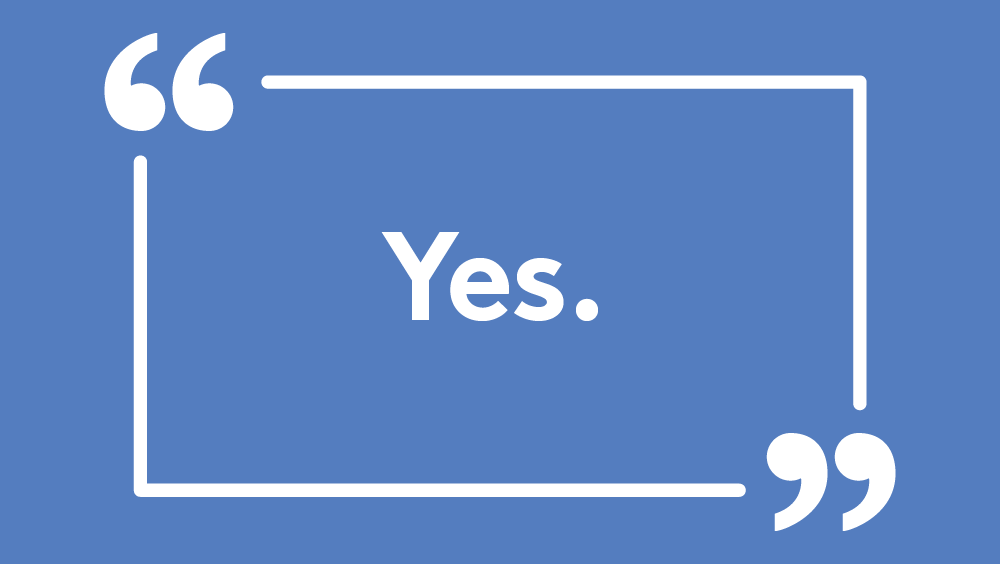
How CLOs Can Improve C-Suite Buy-In and Investment in Employee Development
Corporate training can dramatically reduce an organization’s exposure to risk, liability and avoidable loss. But even CFOs – the key stakeholders for these benefits – have trouble making the case for investing in employee development. A recent CFO Magazine article discusses the benefits of investing in employee development, noting that broad-based professional development is worth the cost and can transform a company from the inside out. However, advocating for additional investment in training comes with challenges such as: expense, loss in productivity and demonstrable ROI.
For CLOs and L&D departments, this probably sounds very familiar.
In fact, these are the exact same barriers that CLOs and L&D departments regularly encounter when they’re looking to invest in a new learning technology or program. According to LinkedIn’s 2017 Workplace Learning Trends Report:
“80 percent of L&D pros agree that developing employees is top-of-mind for the executive team. Yet limited budgets, small teams, and a gap in demonstrating return on investment (ROI) are challenges they regularly encounter.”
Why is getting support and resources for corporate training such a struggle?
Perhaps the question can be best answered with the following statistics:
- While business impact is the number one measure desired by CEOs, only 8 percent see the business impact of L&D
- Additionally, ROI is the number two measure desired by CEOs, but only 4 percent currently see the ROI of L&D
It’s clear that in order to get support and executive buy-in for employee development, L&D has to better map and quantify learning outcomes to business impacts and ROI.
Three tips to help clear the way for greater investment in employee development
In our conversations with CLOs across the country, we’ve found the following three tips resonate most:
Collaborate with stakeholders in the C-suite
Partnering with members of the c-suite who have a vested interest in learning outcomes – like the CFO – can help L&D get a seat at the table. (Today, just 60 percent of L&D leaders have a seat at the table with their C-suite.) By working with c-level executives who understand the value of human capital, L&D can more clearly link learning to business outcomes, and deliver against objectives that will have discernable bottom-line impacts.
Demonstrate ROI with Data
Traditional L&D data measures progress, seat time and assessment performance. All good metrics, but none of them tell the story of how learning benefits the organization’s bottom line. None of them show the ROI of the training. Today’s most advanced learning technologies are flipping the paradigm. Adaptive learning technologies are able to deep insights data into employee knowledge that prove the value of training.
For example, Fulcrum’s machine-learning algorithms are able to predict future knowledge application and identify potential risks before they become problems. Instructors can easily see who’s struggling, why they are struggling and which topics present the biggest challenges. They can then target specific training and coaching to close those knowledge gaps. As a result, L&D can actually prevent future employee mistakes before they lead to risk, liability and loss. This is just one way L&D can use analytics to demonstrate training ROI.
Make Training more Efficient
New adaptive technologies help employees progress through training more rapidly. As a result, they spend less time in training and away from their core job responsibilities. Instead of forcing all employees to sit through the same training for a set amount of time, adaptive technologies allow learners to achieve mastery at their own pace. Learners who prove an understanding of the material move through the course faster than those employees who need more remediation and review. This means that they can return to work with the knowledge they need to succeed more quickly.
By changing how L&D partners internally, leverage data and deliver training at scale, we can change how CLOs and L&D departments are viewed within an organization. Visit our homepage to learn more about Fulcrum Lab’s adaptive, personalized technology.
